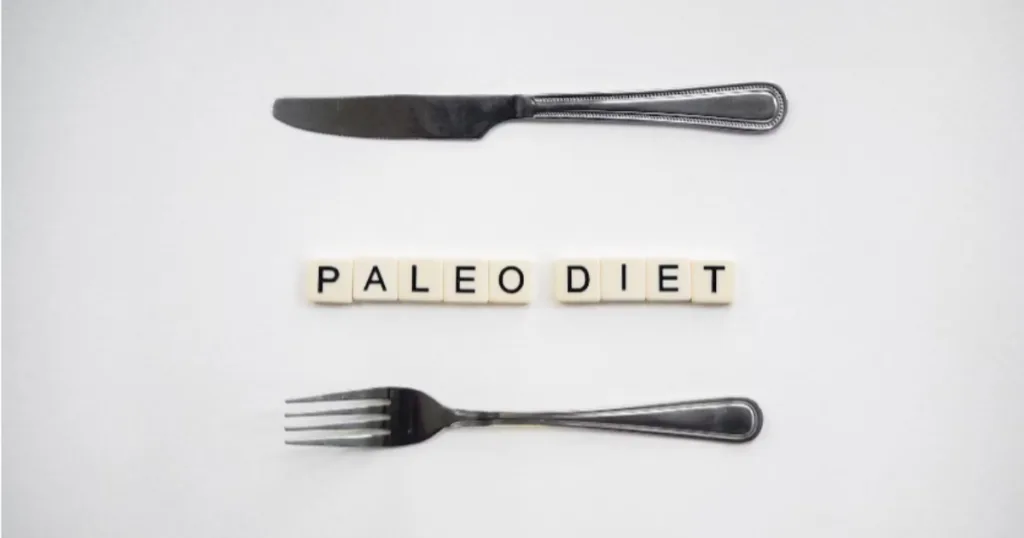The Paleolithic era inspired the Paleo diet, which consisted of unprocessed food such as meats, fish, fruits, vegetables, and seeds. These foods are high in fiber and protein and low in fat, and refined sugars. This diet is said to be beneficial for blood sugar control, weight management, and weight loss benefits, but many are challenged by the cost of maintaining a Paleo lifestyle. However, it’s possible to stick to this diet without breaking the bank with strategic planning, and here are some tips to help you:

- Plan Your Meals in Advance
Creating a meal plan is essential because it ensures that every ingredient is effectively utilized. This means less strain on the pocket and reduced food wastage. Begin by planning your weekly meals, listing the specific recipes and ingredients.
Meal planning also inspires you to cook in bulk and use leftovers. A good example is when you roast a whole chicken for dinner, where you can use the leftovers to make soups or salads. This will significantly reduce cooking time, especially after a long day.
- Buy in Bulk
If you buy in bulk, you can often get a significant discount on the bill. Look into some warehouse stores, co-ops, and online retailers that sell in bulk. Also, local farmers markets should be targeted to get a variety of fresh produce for less than traditional stores.
Invest in some airtight containers, Mason jars, and freezer bags if you want to keep your ingredients fresh for longer. Items that can be frozen, such as meats and some vegetables, should be portioned into the size of use before freezing to make prep much easier with less chance of spoilage.
- Embrace Seasonal and Local Produce
Fruit and vegetable prices are usually much lower than those that are out of season simply because they are available and do not require long shipping. You are likely to find the best prices and also be able to speak directly with farmers to learn more about how the food was grown. Another great thing is that seasonal produce tastes better, and meals turn out more enjoyable with the fresher products.
Experiment with different types of oil to enjoy other health benefits and diversity in your cooking. Learn more about using avocado oil and different substitutes, such as olive and coconut oils. Understand which cooking methods and foods work perfectly with each.
- Make Use of Affordable Protein Sources
Look for options such as eggs, which are an excellent all-around protein source that is very affordable and useful in many recipes. You could also opt for canned fish, such as tuna or sardines, which allow you to enjoy omega-3 fatty acids more affordably.
It’s crucial to compare proteins in terms of per-serving price, not total price. A whole chicken will seem perversely expensive, but it becomes a very economical choice when broken into several meals.
- Snacks and Condiments
Store-bought Paleo snacks and condiments can be relatively costly compared to making them home. This also gives you control over which ingredients to include and how many to avoid while helping you avoid preservatives and additives. There are a lot of easy-to-get recipes over the internet for Paleo snacks and sauces to try by yourself.
Create your own almond butter and some energy balls, or try making your very own mayonnaise. Making these in bulk can save you money and time in the long run if you store them efficiently.
Endnote
Paleo can be expensive to maintain, but there is a way around this. Meal planning, purchasing items in bulk, staying seasonal with produce, and making snacks and condiments help you enjoy the Paleo way without incurring huge costs. But this calls for resourcefulness and creativity.
